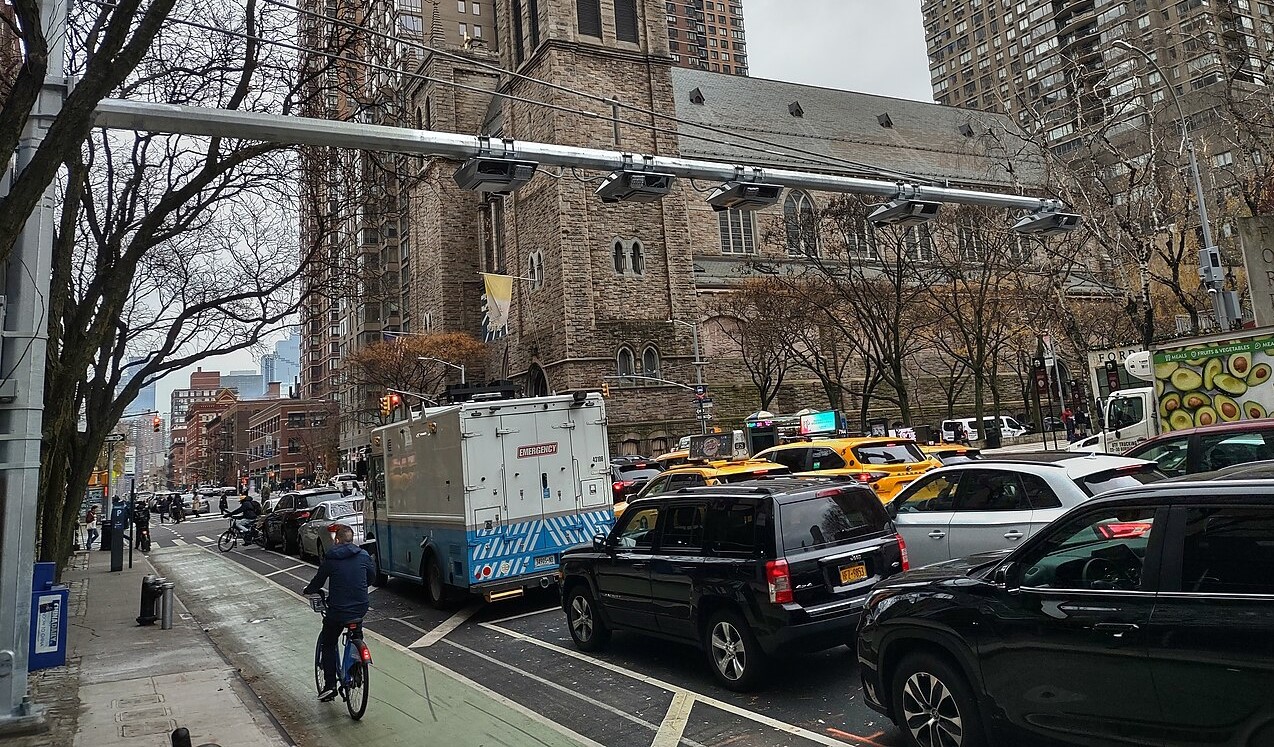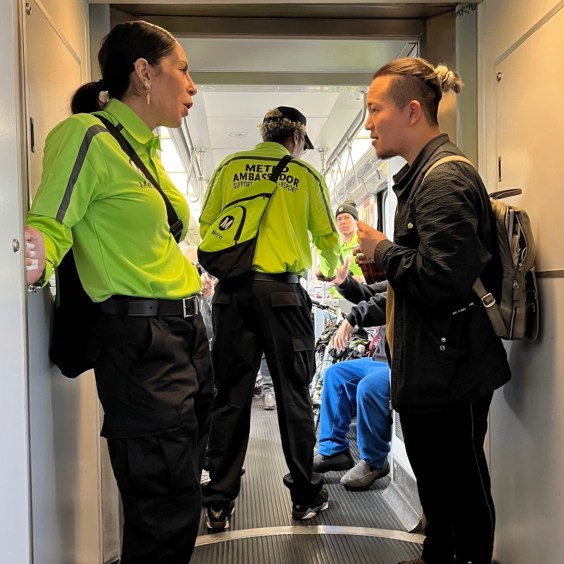In the fifth chapter of "Moving Beyond the Automobile," we demystify the concept of congestion pricing in just five short minutes. Here you'll learn why putting a price on scarce road space makes economic sense and how it benefits many different modes of surface transportation.
In London, which successfully implemented congestion pricing in 2003, drivers now get to their jobs faster, transit users have improved service, cyclists have better infrastructure, and pedestrians have more public space. More people have access to the central city, and when they get there, the streets are safer and more enjoyable. While the politics of implementing congestion pricing are difficult, cities looking to tame traffic and compete in the 21st century can't afford to ignore a transportation solution that addresses so many problems at once.





